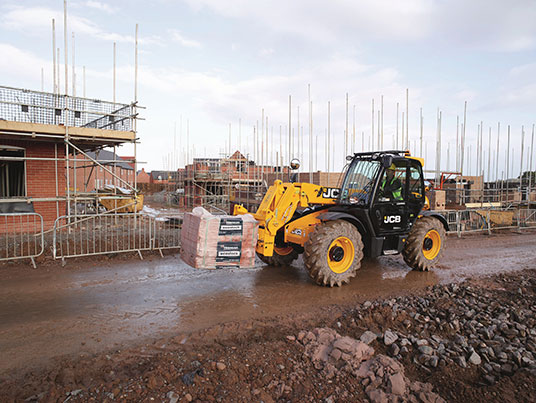Students up and down the country are doing degrees at their chosen university, while many of those taking up apprenticeships are experiencing work life for the first time, however in an age of diversity, is the fear of manual labour putting young people off careers in hire and construction?
The variety of jobs available and the lure of working on some of the nation’s major infrastructure projects – at any one time half the equipment on a building site is probably hired in – should make a career in the industry an attractive proposition, yet the recruitment and retention of the millennials, especially females, is a challenge, according to trade organisation Hire Association Europe (HAE).
As the construction industry has lagged behind the diversity curve and has, in the past, had a reputation of being ‘middle-aged male dominated’ – it is estimated that eight percent of current construction employees are over 60* – however, misconceptions about gender specific roles are gradually diminishing and the number of women as new entrants from higher education has been steadily increasing.
It is recognised that the hire industry needs to do more to sell itself while all students are still at school and reach out to the entire cross-section of society. HAE sees STEM (Science, Technology, Engineering, Mathematics) as a basis for developing skills using the latest computer and online technology such as virtual reality for training in equipment and tools.
HAE commercial manager, Paul Gaze, said: “Hire is very much a sector that absolutely embraces STEM. We’ve created a career and hire strategy where all young people can progress, do a degree while gaining loads of work experience and have skills that are transferable, but won’t incur the debt that they have when going straight to university.”
All businesses understand the need and benefits of having a workforce that reflects society. Attracting more women into the hire sector is vital – currently around 13% of people working in construction are female** – as is retaining their skills, especially if the flow of workers from the European Union dries up due to Brexit.
As part of the drive to create greater diversity in the workforce, HAE is also committed to engaging with policies such as tackling young people Not in Employment Education or Training (NEET) by promoting ‘attractive jobs elements’ in partnership with the Department of Work and Pensions (DWP), Schools and Colleges.
Creating a sustainable skills base through apprenticeships, vocational training and academic options will contribute to the UK’s major construction projects of the future, from civil engineering such as tunnel building and town centre rejuvenation, to keeping drinking water supplies, water treatment works, pumping stations and underground service reservoirs all functioning.
Paul Gaze explained: “We must encourage more young people into the industry, especially women. An emphasis on apprenticeships and tailored training are the way forward. Not everyone is going to be interested in brick laying or plumbing but someone may be fascinated by electrics or engineering. People can still go to university but by then they could have spent many years in the hire industry building up their skills and knowledge.”
Young people often overlook the fact that careers in hire and construction are incredibly diverse with advanced technology. STEM activities can lay the foundations for filling vital jobs that include everything from architects and virtual construction managers to engineers and contractors
HAE, a not-for-profit association which has over 800 members based in the UK, Europe and across other parts of the world, assists businesses, from sole traders to larger independent and privately-owned organisations, by providing operational resources.


